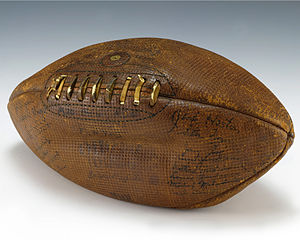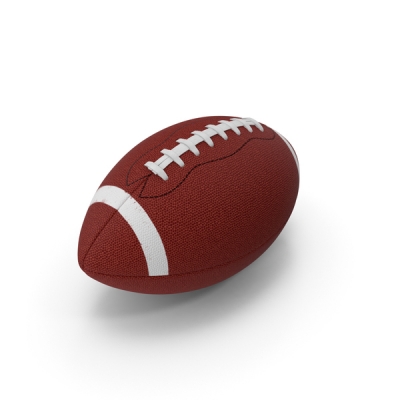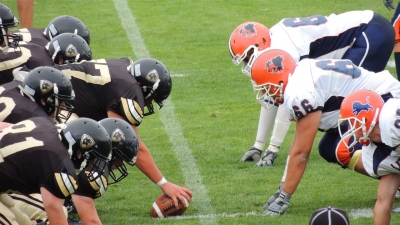Why are American footballs called “pigskins”?

Modern footballs are covered with cowhide (aka leather) stretched over a plastic or rubber balloon, so it makes more sense to call them “cowskins” than pigskins. In fact, pig’s skin was probably never used to cover even the earliest balls. But in the days before rubber and plastic, sports balls were made from another piece of pig anatomy: the bladder. Turns out the airtight innards of a pig made a great plaything – as long as you didn’t mind inflating it with your mouth.
Picture Credit : Google

